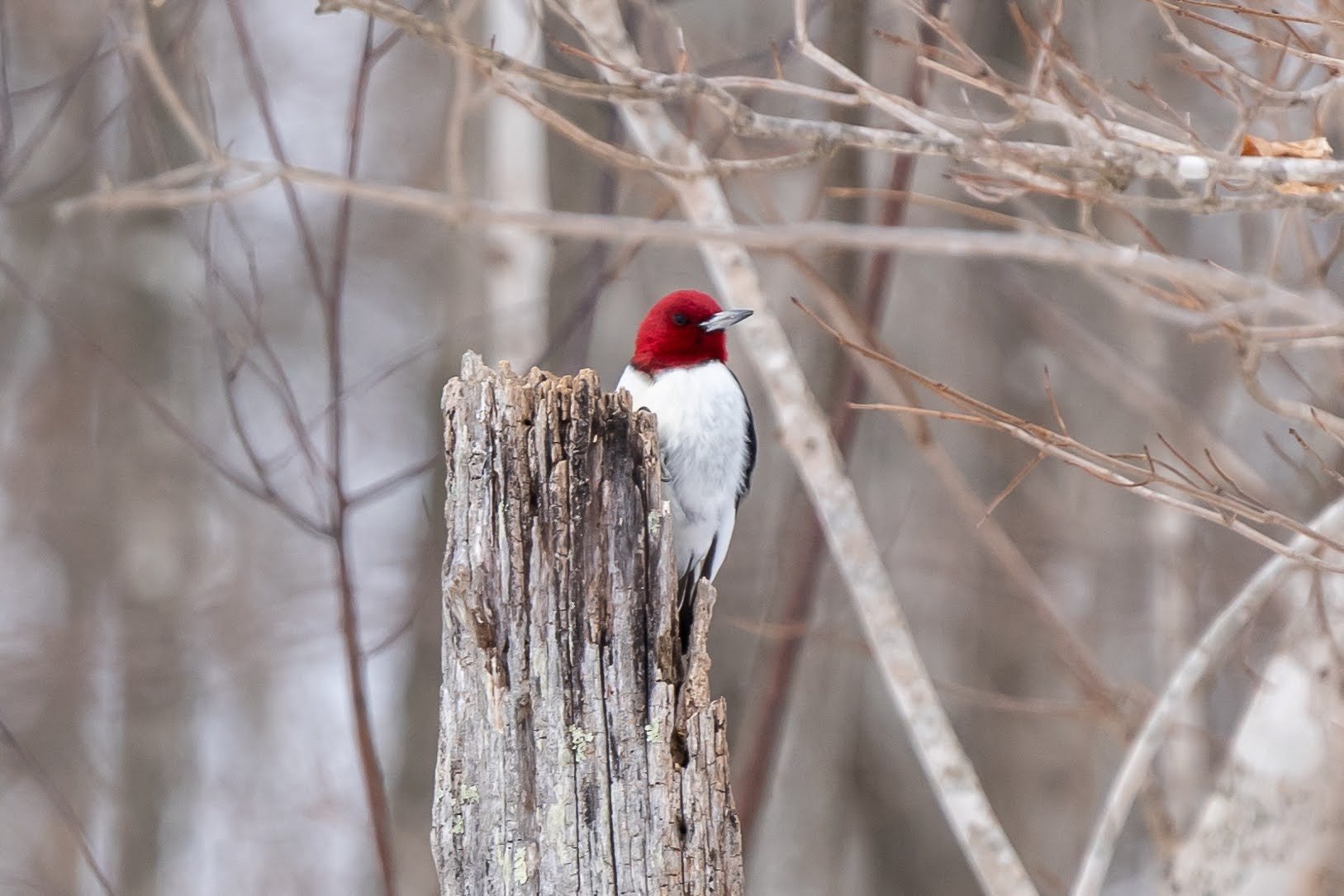

Help Scientists by Collecting Data with the Great Backyard Bird Count
For four days each February, birdwatchers of every skill level can participate in a global event for the love and wellbeing of birds.


2016 Christmas Bird Count
Prior to the turn of the 20th century, hunters engaged in a holiday tradition known as the Christmas "Side Hunt". They would choose sides and go afield with their guns—whoever brought in the biggest pile of feathered (and furred) quarry won. Conservation was in its beginning stages in that era, and many observers and scientists were becoming concerned about declining bird populations.
Beginning on Christmas Day 1900, ornithologist Frank M. Chapman, an early officer in the then-nascent Audubon Society, proposed a new holiday tradition—a "Christmas Bird Census" that would count birds during the holidays rather than hunt them.